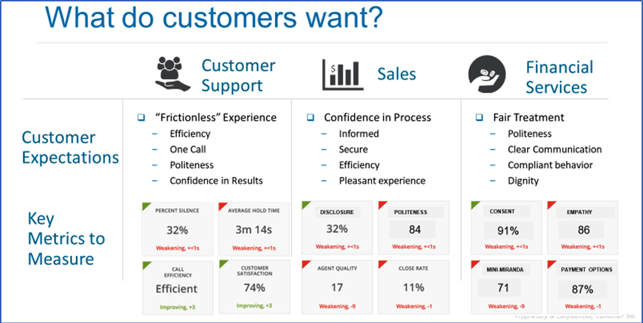Prior to the introduction of social media and smartphones, the customer journey was typically linear. Consumers often traveled from the top of funnel to the point of sale with nary a detour. But, now that there are numerous inlets for onboarding, leaders must ensure that each available touchpoint offers customers a coherent brand experience at every stage of the average lifecycle. That’s where customer journey mapping comes into play.
Originally, companies used customer journey maps as an opportunity to nail down any customer experience issues that might arise. However, customer journey maps have become an integral part of the customer experience development process, as these tools offer leaders insight into how consumers might perceive and interact with the brand at all points of entry. Analyzing the customer journey from the initial point of contact to the inevitable point of sale can help leaders determine the best way to nurture such accounts along their path to purchase.
While discovering customer pain points will always prove useful, the fruits of these labors can’t be reaped if leaders don’t have the appropriate guidelines in place to rectify issues and alleviate strain. Thus, customer journey maps provide each member of an organization—from the C-suite to the frontline—with insight into how to manage every single account at the most basic level. Customers now expect instant results, after all, so companies must be prepared to serve every need in real time at any point along the customer journey.
To ensure that customers don’t encounter any obstacles on their path to purchase, companies need to hone their key account management strategies. Because customers and clients can now enter the funnel at multiple touchpoints simultaneously, leaders must integrate methods that’ll guarantee consistency and relevancy in an environment where disparate channels can limit the brand’s ability to satisfy the customer’s wants and needs from the moment of first contact.
Before companies can achieve effective key account management, leaders must first recognize that it’s difficult to treat all customers and clients equally. While everyone deserves top-notch customer service, leaders must segment their client base in order to determine which accounts are the most crucial for their brand’s continued success. Segmentation, as it stands, empowers leaders to assess and categorize customer relationships in an effort to deliver appropriate levels of service at critical moments throughout the customer journey.
Typically, basic account segmentation falls into one of three categories:
Tier I: Significant annual revenue and/or strategic value
Tier II: Potential significant annual growth and/or customer lifetime value
Tier III: All remaining customer accounts
Ultimately, resources can become strained if employees are forced to devote equal amounts of time to clients that don’t ultimately yield the same level of profit. Thus, forming more targeted customer relationships affords companies the opportunity to boost loyalty, sales, and profits. Of course, while exceptional service must be the standard for every client, companies must use this baseline to take relationships with key accounts to the next level.
Segmentation certainly isn’t an exact science, but this process enables organizations to break customers into manageable groups as leaders work to make sense of an increasingly saturated market. Despite the allure, leaders must not become distracted by those accounts that promise the greatest revenue gains, as relationship value must also be derived from the client’s potential for strategic partnerships over time. It’s easy for brands to become preoccupied with the “shiny” prospects that pose the highest potential for profitability. However, it’s important to start small and proceed with caution so as not to strain your resources—or your client’s resources—as you work to establish a synergy that empowers both companies to succeed.
To guarantee that both new and existing customer relationships flourish, leaders will want to train key account managers, as they will become the client’s first point of contact for any service needs they might have throughout their lifecycle. Because they’re responsible for nurturing said strategic, long-term relationships, they must be well equipped with an intimate knowledge of the client and their personal goals, as collaboration remains the cornerstone of any effective, proactive partnership.
But, with the help of customer journey mapping, companies have the capacity to understand clients in new ways as they work to hone their key account management strategies. With critical information in hand, companies have the tools they need to acquaint themselves with prospects right from the start and use data from these early interactions to tailor engagements to meet prospects’ needs in an effort to convert and retain clients. Every interaction matters, especially in a market with ample competitors. By knowing precisely what the client hopes to accomplish, key account managers can provide personalized service that ultimately benefits both parties every step of the way, thereby carving a path that leads to profitability for all involved.



 About the Author
About the Author

 About the Author
About the Author







 About the Author:
About the Author:
 About the Author
About the Author
 About the Author
About the Author